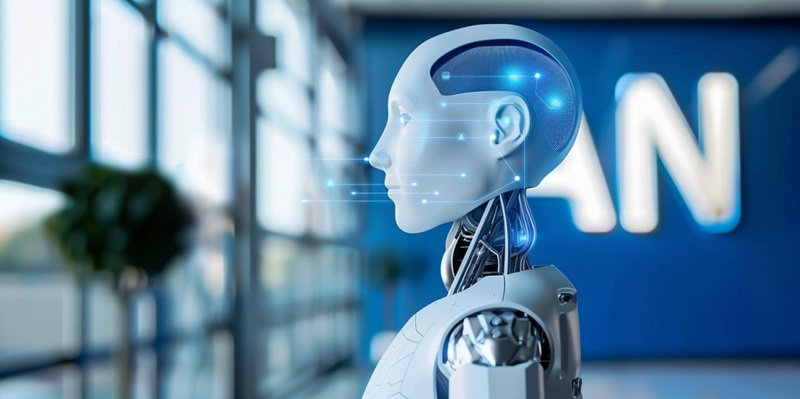In a groundbreaking stride toward revolutionizing materials used in wearable technology, researchers at the University of Maryland are steering a new course with the help of robotics and machine learning. They’ve harnessed these advanced technologies to accelerate the development of innovative aerogels. Central to the progression of wearable applications, aerogels are entering a new era courtesy of an automated design line that refines the process and enhances the adaptability of material traits.
Bridging Robotics and Machine Learning
No longer confined to the meticulous, time-consuming experimental methods, material scientists at UMD have embraced a new collaborative pathway. By integrating robotics with machine learning algorithms, they have exponentially hastened the aerogel design process. Their pioneering approach centers on a blend of expertise in robotics, algorithms, and materials science, culminating in a predictive model that remarkably boasts a 95% accuracy rate. The implications of this are vast, indicating a future where the creation of sustainable products can keep pace with our growing need for innovative wearable technology.
The success of this model lies in its ability to produce higher quality data, a cornerstone in traversing the complex landscape of wearable tech design. With materials such as conductive titanium nanosheets and biologically-derived components like cellulose and gelatin, the research team has paved the way for aerogels that are at once strong, flexible, and perfectly conducive for their intended use. These characteristics are essential for aerogels that will see application in not just wearable tech but also in fields where environmental technology and energy storage are crucial.
A Vision for the Future
Researchers at the University of Maryland are making remarkable strides in the wearable technology arena by leveraging the power of robotics and machine learning. This pioneering work is focused on expediting the creation of cutting-edge aerogels, which are critical to the advancement of wearable tech. These aerogels, known for their unique traits, are on the cusp of a transformative era. By utilizing an automated production line, the researchers have refined the manufacturing process, enabling a level of precision in customizing the properties of the materials that was not previously possible. The introduction of this automated system signifies a major leap in the evolution of materials for wearable devices, promising both improved performance and new capabilities. This smart integration of technology streamlines development efforts and paves the way for future innovations in the field.

